Air Force leaders are promising a return to a Cold War posture opposite China and Russia, hoping for a reprieve from the counterterrorism operations of the past two decades as America winds down its presence in Afghanistan.
The Indo-Pacific and Europe are often spotlighted as the central battleground for civil, military and economic competition with China and Russia. But conversations with air commanders around the world show how the rivalry is shaping operations in their own backyards, from U.S. support for foreign troops to learning to deploy from bare fields.
Military leaders have grown increasingly vocal with an “America vs. China” narrative that is now a blueprint for the Air Force’s spending choices, its strategic planning and its training curriculum.
“We’re the dominant military power until you get within about 1,000 miles of China, and then it starts to change,” Air Force Secretary Frank Kendall told Air Force Times Aug. 13. “China has been very careful and strategic about fielding capabilities designed to keep us out of their part of the world.”
But the fight with China is already here — testing America’s international partnerships, throwing the military supply chain into question, and bringing back talk of a cold war as America’s enduring conflicts in the Middle East simmer on the back burner.
RELATED
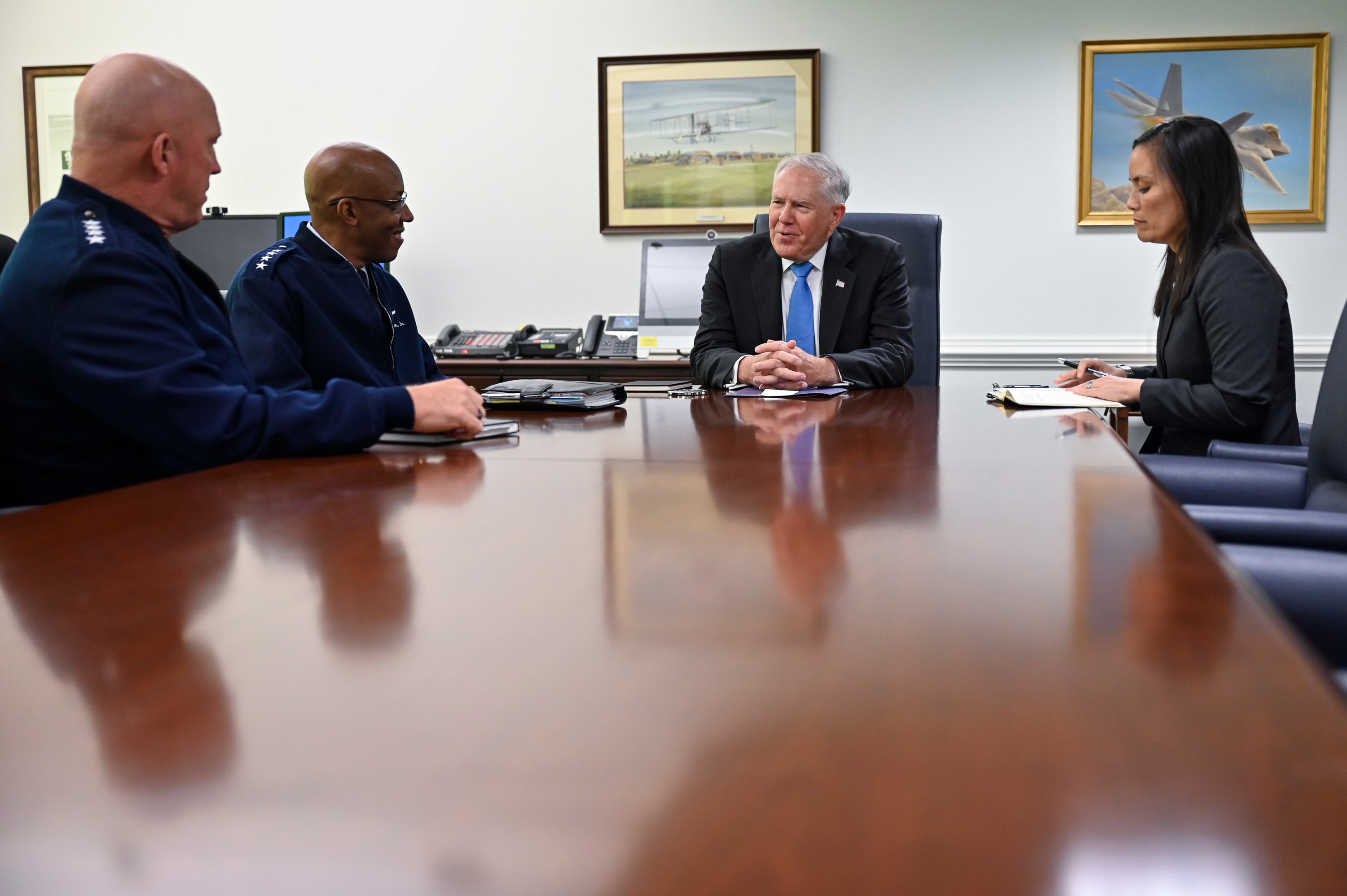
The Department of the Air Force’s China conundrum — and the modernization push it’s spurred — is unfolding alongside myriad other issues on the service’s plate: among them, a pilot shortage it can’t kick; persistent quality of life concerns for military families; enormous jet maintenance costs; outdated IT systems; and the raging coronavirus pandemic.
It must juggle those competing problems or risk falling short on the world stage.
“The question that keeps me up at night is, what happens when our diplomats no longer have the might of the U.S. military or our economy as their backstop?” Chief of Staff Gen. Charles “CQ” Brown said Aug. 6. “This is the world that none of us want to live in.”
Brown, the former commander of Pacific Air Forces, frequently discusses the service’s push to adopt a nearly $26 billion procurement budget and a $40 billion research and development portfolio that could make the Air Force more likely to prevail in an armed conflict with other advanced militaries. (PACAF did not respond to requests for comment for this story.)
The U.S. needs those improvements to fight a major war against China, but they are “no substitute for effective civil-military competition on a global basis,” Anthony Cordesman, a military strategy expert at the Brookings Institution, wrote as part of a report published Aug. 3.

That competition is increasingly on display in U.S. Southern Command, said Maj. Gen. Barry Cornish, head of 12th Air Force, which supplies air assets to U.S. operations in SOUTHCOM.
Income, food and health insecurity in the region, coupled with further instability from social unrest, crime, frequent natural disasters and COVID-19, make the area an attractive target for predatory countries looking to drive a wedge between locals and the United States.
“Our big priority here is focusing on transnational crime and how to counter that, but also the nexus of that with malign state activity by China,” Cornish told Air Force Times Aug. 10. They most often rely on air mobility assets and reconnaissance planes, plus aircraft that fly humanitarian aid missions after events like hurricanes and earthquakes.
He argues the military hasn’t spent enough time analyzing how China’s presence could affect the Southern Hemisphere.
Foreign offers of professional military education, infrastructure support and more are chipping away at U.S. partnerships, he said.
RELATED
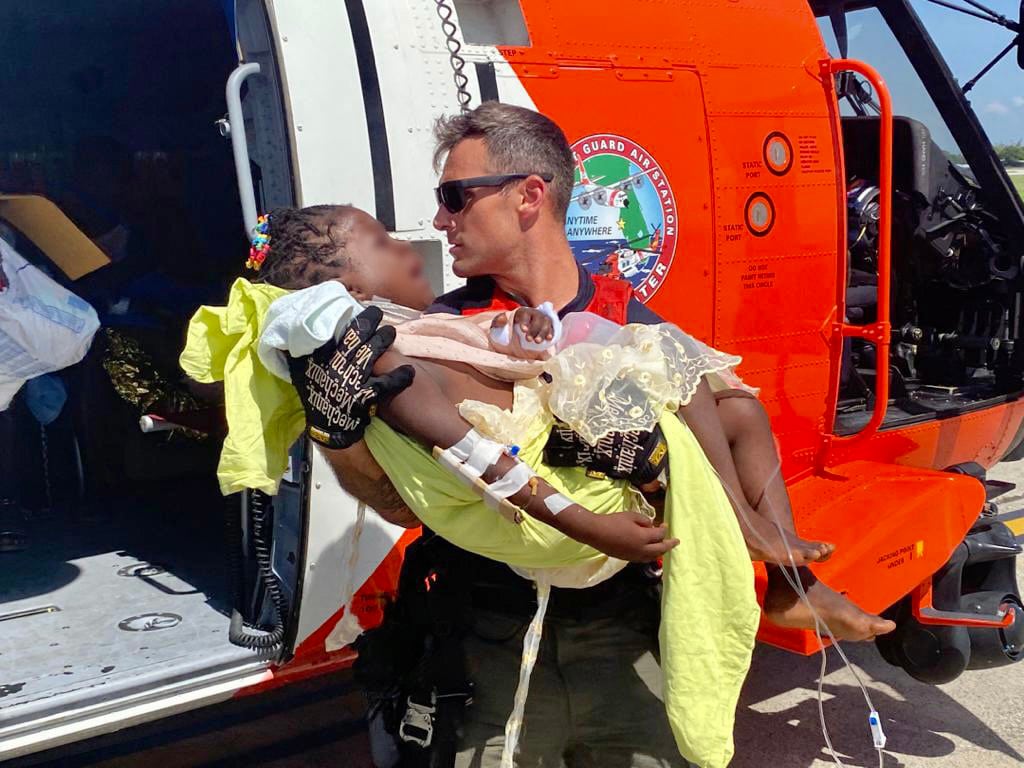
To better tackle Chinese influence and transnational crime, Air Forces Southern is working to bring together its experts across various specialties, then create cross-functional teams to handle problems as they arise.
“We need more [intelligence, surveillance and reconnaissance] to continue to characterize what Chinese malign influence looks like,” Cornish said. “It’s very expansive, between the Belt and Road Initiative, a lot of activities in illegal mining and logging and fishing, extracting resources from our partner nations when they can least afford it.”
Chinese involvement can also make it harder for the U.S. to understand how situations unfold in other countries. When thousands of Cubans participated in anti-government protests in July, the U.S. military’s ability to track events was stymied by Chinese-built telecommunications infrastructure that limits what information gets out, Cornish said.
He’s trying to keep America’s adversaries from expanding their hold in the region by providing equipment and training to vulnerable nations — an effort reminiscent of Cornish’s past leadership roles with U.S. forces in Afghanistan.
Asked how the Afghan military’s collapse after two decades of American support reflects on U.S. partnerships elsewhere, he said it proves the value of sustainability.

“We don’t have a need for large amounts of foreign military sales and equipment in this hemisphere, because it’s largely been peaceful,” Cornish said. “That doesn’t mean that they’re not anxious to improve their air forces. … We want to make sure that that help is consistent with their long-term value systems as well, not just temporary fixes they can get from China or Russia without a sustainment plan.”
Mobility training teams, subject matter expert meetings and other cultural exchanges halted because of the pandemic in 2020, Cornish said. Tools like Zoom and WhatsApp have helped, but airmen are eager to resume in-person visits to Latin America.
RELATED

Farther north, First Air Force has its hands full. Its airmen have helped treat COVID-19 patients and administered vaccines around the country; protected the Washington, D.C. area; watched out for ballistic missiles that could hit the homeland; and responded to wildfires, hurricanes and search-and-rescue incidents.
Its newest mission, providing air support to U.S. Space Command, highlights the military’s efforts to outpace other nations in that domain as well.
The Pentagon may be racing China, but Russia is gaining multiple Arctic avenues for weapons to reach the U.S. via water and air routes around Alaska, Canada, Greenland and Iceland, First Air Force commander Lt. Gen. Kirk Pierce said.
It’s been busy off the Alaskan coast: Another three-star in the region, Lt. Gen. David Krumm, said in April that Air Force units were stretched thin from intercepting more than 60 Russian aircraft in 2020.
RELATED
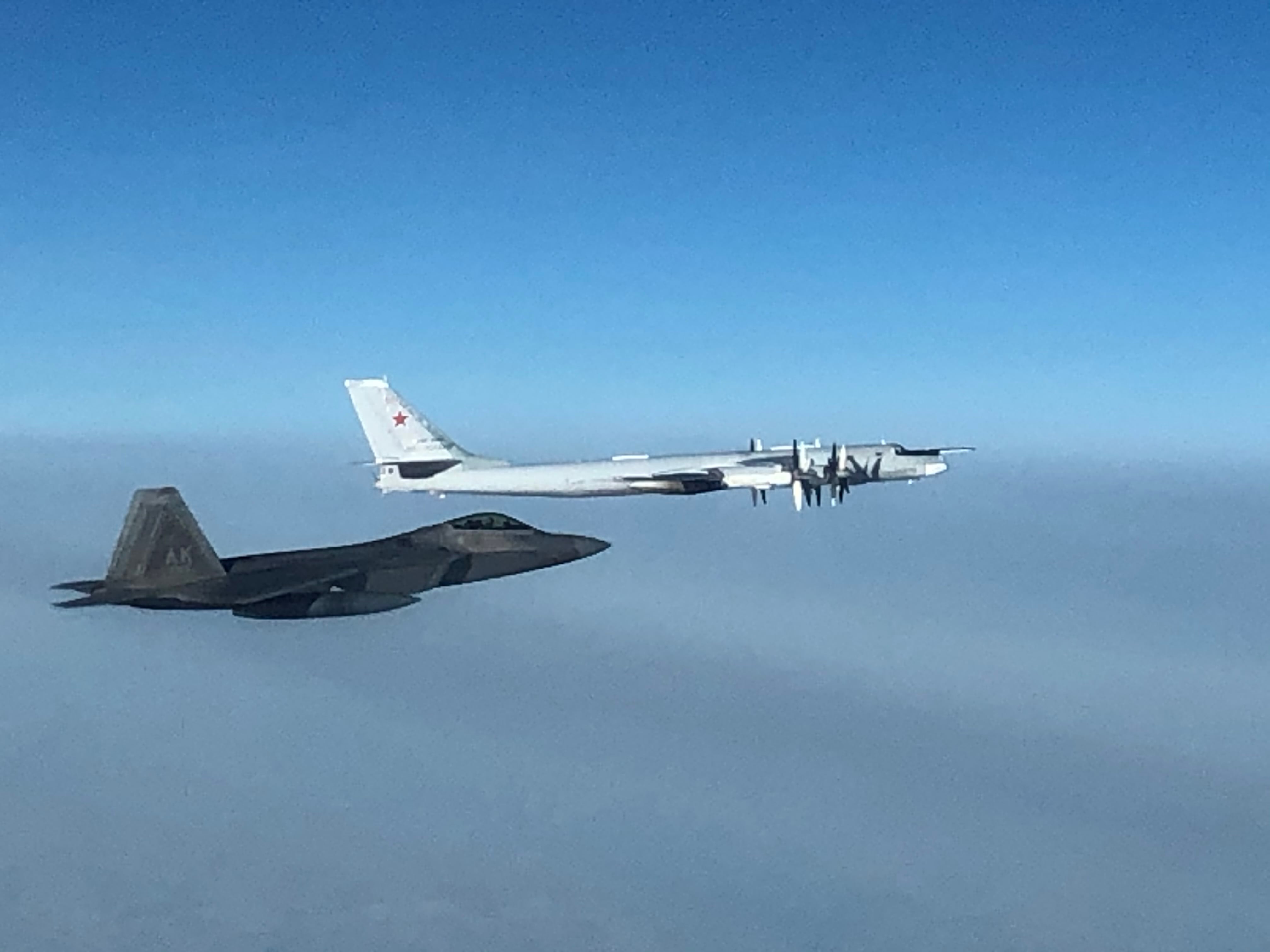
Pierce argues the service needs to rebuild its muscle memory to fly air policing missions with fourth- and fifth-generation fighter jets across U.S. Northern Command rather than in Europe, where Russia is the key regional concern in both the physical and digital realms. (U.S. Air Forces in Europe-Air Forces Africa did not respond to requests for comment for this story.)
His organization is in the last stages of installing urgently requested active electronically scanned array radars to F-16 fighter jets, which help detect stealthy aircraft or incoming missiles, Pierce told Air Force Times.
“The cruise missiles that they’ve developed in Russia and China, the ranges that they’ve developed them for, and what they’re seeking in [hypersonic cruise missiles] … you don’t develop weapons like that for the European fight,” he said.
Pierce’s team is training more often in the High North, where frigid temperatures and long distances pose unique hurdles to typical air operations and communications. Next February, the organization will practice the logistics of sustaining homeland defense ops from Alaska, Canada and Greenland.

“Do they have the right equipment for their security forces or their logistics person, so that when they’re out on the flightline … they don’t get frostbite?” he said. “It’s cold in Minnesota, but it’s not -40-degrees cold like Thule [Air Base], Greenland.”
Air Combat Command boss Gen. Mark Kelly is freshly considering what resources Pierce needs to fulfill each of the organization’s roles within the Air Force, U.S. Northern Command and NORAD, Pierce added.
“We’re not built to do all those things that you’re asking us to do,” Pierce said. “We can do a lot with a little, but it’s hard to do a lot with nothing.”
Russian involvement in the Middle East and Southwest Asia may well shape America’s future in that region, too. Air Forces Central Command is searching for its place in a National Defense Strategy that prioritizes great power competition over counterterrorism operations.
American and Russian troops talk at least five times a day as part of Operation Inherent Resolve, the U.S.-led coalition effort to defeat the Islamic State and secure Iraq and Syria, AFCENT boss Lt. Gen. Gregory Guillot told Air Force Times in early August. Russia backs the Assad regime in the decade-long Syrian civil war, while the United States has supported anti-government rebels.
RELATED
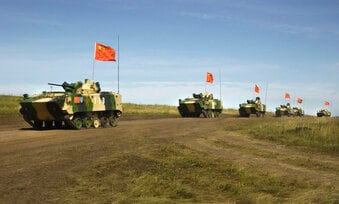
“They’re over there flying in the same airspace we are, and they have a very different mission,” Guillot said. “That puts us … not in conflict with them, but it certainly has us on the opposite side of some airspace lines.”
“They will push it, and we respond in a very professional manner,” he added.
Proxy wars between the U.S. and Russia have fueled conflicts in the region for decades, helping to create the conditions that led to the Taliban’s rise in the 1990s.
Despite the U.S. withdrawal from Afghanistan, followed by Iraq later this year, the military says airstrikes will continue as needed from other installations in the area to beat back the resurgent Taliban, al-Qaida and the Islamic State.
American and coalition aircraft conducted about 400 airstrikes across U.S. Central Command in the first seven months of 2021 — a marked drop from the same time period in recent years.
“We’re at a transition point,” Guillot said. “We’re adapting to a changing political and operational environment in the theater. The threat is changing — and increasing in a lot of ways.”
That ranges from cheap drones outfitted with cameras or explosives, to surface-to-air missiles and electronic signals jamming — plus tactics like the suicide bombing that killed 13 American troops at Hamid Karzai International Airport in Kabul Aug. 26.
Guillot said AFCENT has improved at fending off attacks on its bases, like Iran’s January 2020 strike that wounded more than 30 American troops at Iraq’s Ain al-Assad air base. Bringing together kinetic and nonkinetic base defense systems into one room offers a better chance of detecting and quashing potential threats.
RELATED
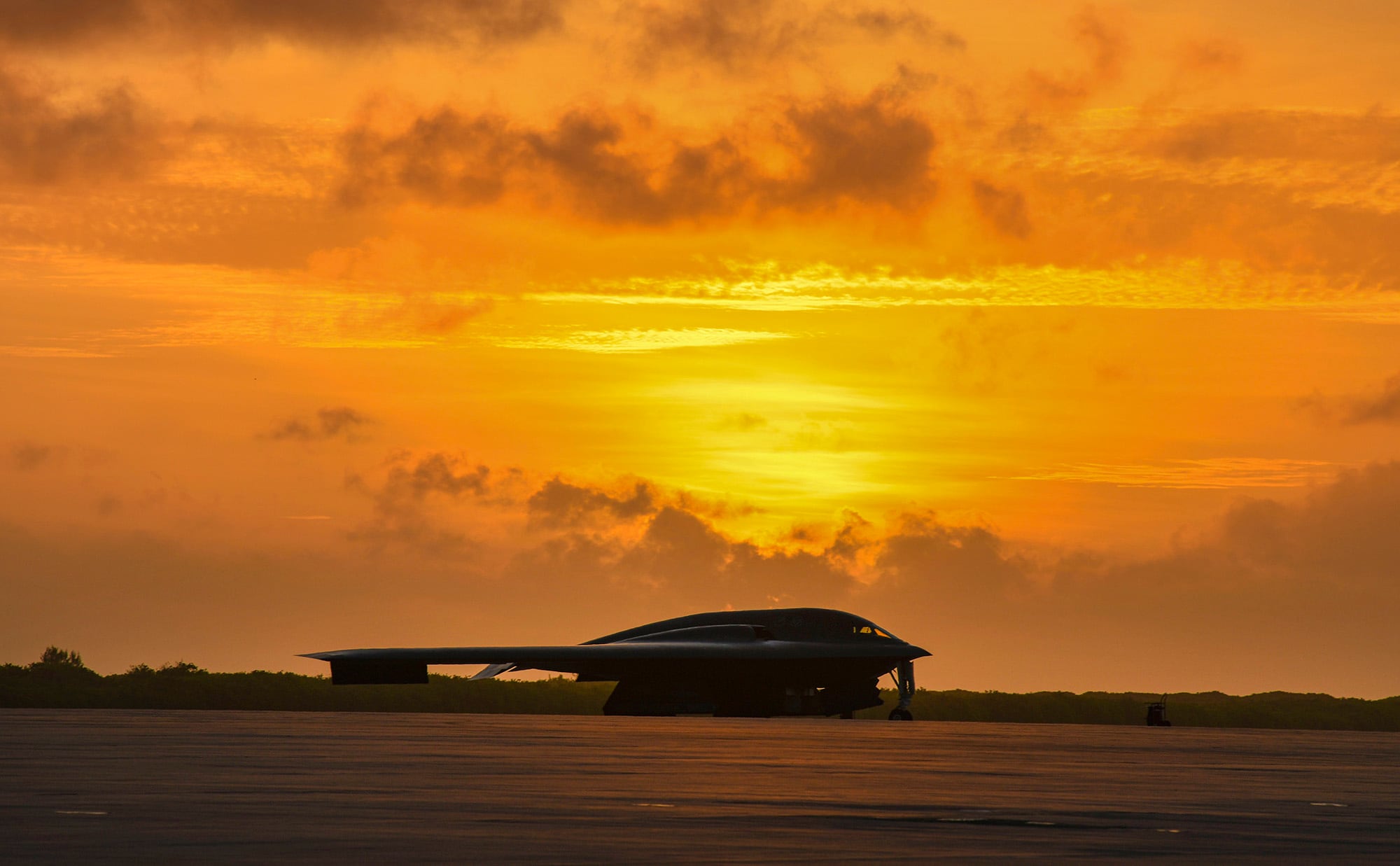
AFCENT has begun adapting to great power competition in others ways, too. Its senior leaders moved from Qatar to South Carolina to run operations from afar in case a base is targeted.
It’s embraced rapid-response deployments meant to make troops less predictable, and is figuring out how to share resources with other in-demand regions.
For example, the organization now sends unneeded tanker planes back for others to use, rather than keeping them around just in case. And instead of heading straight to CENTCOM, bombers may stop over in Europe for missions there before leaving for task force flights in the Middle East.
“We could do less in some areas, but I just don’t know,” Guillot added. “I don’t see a huge change from the air component standpoint.”
Rachel Cohen is the editor of Air Force Times. She joined the publication as its senior reporter in March 2021. Her work has appeared in the Washington Post, the Frederick News-Post (Md.), Air and Space Forces Magazine, Inside Defense, Inside Health Policy and elsewhere.





